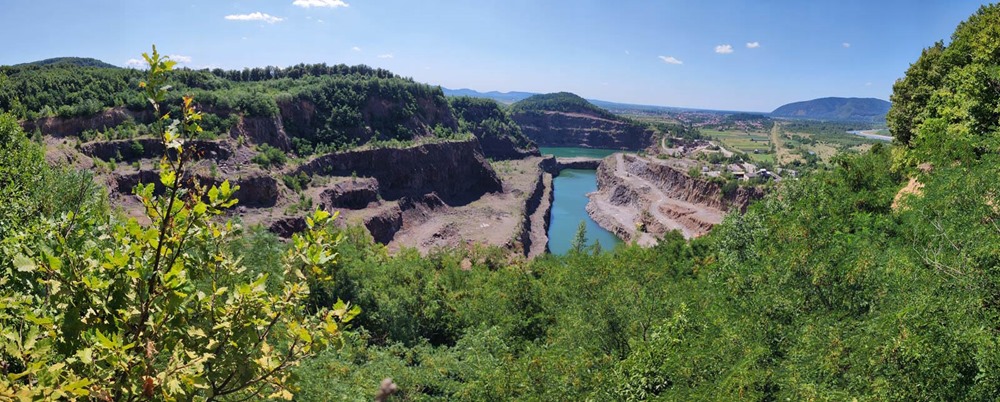toThe oldest dated evidence of hominid ancestors in Europe has been found at a 1.4 million-year-old site in Ukraine.
Banner image: Gostry Verkh area of the Korolevu archaeological site in western Ukraine. (Roman Garba/Prague Archaeological Institute)
we think that Humans, the group that includes humans, extinct relatives and our direct ancestors, arrived in Eurasia one to two million years ago. But it has proven difficult to precisely determine the timing and direction of the flight from Africa due to the scarcity of fossil remains from this period.
The discovery of the oldest human traces in Ukraine allows us to better understand migrations towards Eurasia. The results obtained are detailed in a study published this week (link below).
Archaeological site KorolevuLocated 600 km southwest of Kiev, Ukraine, it is one of the northern examples of sites in Lower Paleolithic All over the world, but its exact age has remained a mystery until now. Paleolithic stone tools have been discovered at this site since the 1970s.
Heavily eroded tool/artifact (sculpture) at the Korolevu archaeological site, western Ukraine. (Roman Garba/Prague Archaeological Institute)
The researchers analyzed sediments around the burial place of the stone tools. They checked Cosmic nuclides Found in rocks. Cosmic nuclides are rare forms of atomic nuclei that form after being bombarded by high-energy rays from space. Using this technique, they were able to determine that the Korolevu tools were buried about 1.42 million years ago. It is assumed that these tools belong toHomo erectus.
The authors say their findings fill a gap between other discoveries of ancient humans in the Caucasus (1.85 to 1.78 million years ago) and southwestern Europe (1.2 to 1.1 million years ago). This supports the hypothesis that these humans entered Europe from the east, rather than by land bridge to what is now the Iberian Peninsula or by sea to southern Europe. The study also included an analysis of habitat changes over the past two million years.
From the study: archaeological sites and methods of spread. The maximum extent of the Eurasian ice sheet is indicated by gray dashes. Blue arrows indicate possible dispersal routes for early humans. (R. Garba et al./Nature)
According to researchers:
Our study suggests that early humans exploited warm glacial periods to spread to higher latitudes and sites like Korolevu long before the Middle Pleistocene transition.
The middle Pleistocene metamorphism witnessed a cycle of Ice ages » Go from 40,000 years to 100,000 years. Given the climate changes observed over time, the authors say this may be the northernmost early hominin site likely to have been found.
Still according to researchers:
We note that ancient European hominin sites are unlikely to be found this far north, not because they did not exist, but because the ice sheet Fennoscandian It extended as far south as the Carpathians at least twice during the past half million years. Ancient human sites in the north were likely destroyed or deeply buried.
The study published in the journal Nature: Humans spread from east to west in Europe 1.4 million years ago It is displayed on the website of the Institute of Archaeology in Prague: The first humans came to Europe 1.4 million years ago.

“Hardcore beer fanatic. Falls down a lot. Professional coffee fan. Music ninja.”









More Stories
SALES / PHOTO SALES – Nikon D850 “5 Star” Bare Body Photo Body at €2,539.00
Discovering a new turning point under the Antarctic ice sheet! What are the consequences?
Record number for an insect!